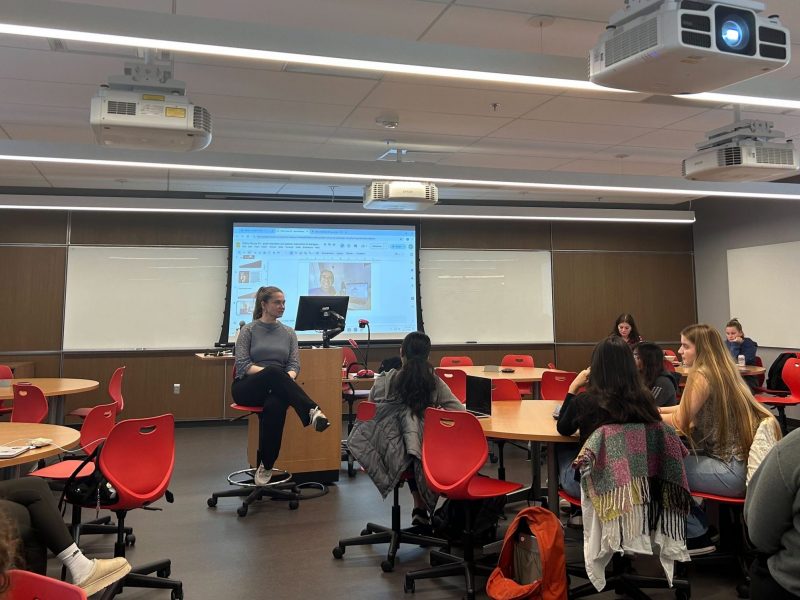
Dr. Giovanni Baiocchi is an associate professor in the Department of Geographical Sciences.
Innovative urban planning and growth in public transportation policies can significantly reduce a city’s energy usage by nearly one-fourth, according to a collaborative university study released in mid-January.
“Already most of the world’s population lives in cities and the share is increasing fast,” said Giovanni Baiocchi, lead researcher and geographical sciences professor. “We need to understand the opportunities available before we lock ourselves into unsustainable carbon intensive lifestyles.”
With more than 80 percent of the U.S. population living in urban areas and less than 20 percent living in rural areas, according to the 2010 U.S. Census, more efficient urbanization techniques are needed to reduce energy usage, study leaders said.
From their research on 274 cities around the globe, Baiocchi and a group of university researchers worked with the Mercator Research Institute on Global Commons and Climate Change, the Potsdam Institute for Climate Impact Research and Yale University. They found that 86 percent of the world’s energy savings could be found in a handful of areas through environmentally conscious urbanization.
Baiocchi said the findings could even apply at this university, where officials are preparing to open several new eco-conscious buildings and make way for the proposed Purple Line, with more projects on the way. Despite the disruption to the campus, this growth is beneficial to the environment, he said.
More than 18 percent of the buildings at this university are younger than 15 years old, but the average age of all campus buildings is 42 years, according to a facilities management report.
“For substantial footprint reductions, a more radical approach is needed in this case,” Baiocchi said. “Deep retrofitting of existing buildings, smart meters, water caption and reuse, could help reduce environmental impacts substantially.”
However, urbanization is not confined to developing energy-efficient buildings, Baiocchi said. It also means cities should focus on shorter work commutes, more public transportation, retail spaces closer to living spaces and higher-density living spaces, said Pan He, a research team member and a geographical sciences doctoral student studying urbanization in China.
“With any city, campus or town, everything comes down to the planning, like how the buildings are organized so they can be more energy efficient,” said Cole Walters, a geographical sciences doctoral student studying urbanization in the U.S.
There is a stark comparison between living in a city and in a rural environment, beginning with the infrastructure density, Walters said.
Living in a rural environment is more costly because a singular house uses more energy per capita, but buildup and increased urbanization in rural areas is not always a good thing, either, he said.
“Per capita, they use less energy because of infrastructure density, less driving, more walking and public transportation,” Walters said. “Living with more people and having larger household in cities. … You share energy, heating and use the same refrigerator, so there it’s being divided up more per capita.”
Internationally, cities that will most likely reduce their carbon footprint this way include high-density cities throughout Asia, Africa and the Middle East, researchers found. Quickly developing cities in colder climates with low gas prices also have the most potential for creating a highly compact, more sustainable city that uses less energy.
Worldwide energy usage is expected to more than triple the amount of energy used in 2005 by 2050, according to a Shell global energy report, so Baiocchi is hoping smart urban planning becomes a trend.
“When you lock yourself into a certain type of lifestyle, you have to deal with those types of consequences and that makes us more vulnerable to many more things,” Baiocchi said.



